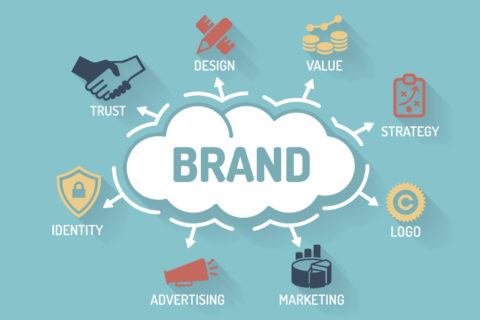By Polina Zakharkina
The Struggle To Stay Relevant And Meaningful
It’s an exciting time to work with insights right now. The pace of change is accelerating and has been doing so for the last couple of years. Game changing shifts are occurring, both in the market, but also when it comes to consumer needs and expectations on products, services and ways of delivery. One of the biggest questions that brands face nowadays is how to stay relevant for their consumers in a constantly changing world. The need to understand what really makes consumers tick and what role brands can play in consumers’ lives is ever so important.
The adaptation of digital methodologies into the research mainstream has opened up a whole new dimension of understanding brands from the consumer’s perspective. One of the most widely adopted digital methods, and in my opinion one of the most exciting, are online communities, as they offer unlimited possibilities for brands to gain access to a dynamic consumer feed into their innovation process. Because, at the end of the day, staying relevant and meaningful to your target consumer is about putting them at the center of the innovation process and seeing the brand through their eyes.
Online Communities Provides a Platform for Continuous Learning
In my experience, online communities are a very versatile tool for understanding the changing needs of the consumer. As online communities usually span over an extended period of time it creates a great environment to gain an in-depth understanding of what really matters to the consumer – what excites them, what concerns them, what their daily lives look like, what needs are they trying to fulfill, how well are those needs being fulfilled today, where they look for inspiration, and so on and so forth. Online communities also makes it possible for the consumers not only to tell you about their thoughts, but also to show you directly through images and videos while they are in the moment, adding a rich layer of visual data to illustrate feelings and ideas.
There Are Many Benefits With Using Online Communities
- Gives you a glimpse of the consumers’ real lives, without putting the consumer in an unnatural environment
- No geographical restrictions eliminates dependency on big cities as research locations
- Gives consumers more time to reflect, which leads to more thoughtful and honest responses
- Allows us to capture consumer behavior in-the-moment through mobile diary tasks or real-life missions
- Ideal for testing stimuli material, offering comprehensive feedback on specific areas of the tested design
- Use of interactive tools makes the research experience feel less like research for the consumer and even fun and engaging
The Case of One Retailer
In a study that I recently did for a retailer that was looking to revamp its offering, we let the consumers be a part of the whole brand transformation journey, from mapping out the current state to co-creating their future offering. We started off by deep-diving into the consumers’ current thoughts, feeling and routines about the clients’ category to capture what is important to them and identifying current pain points, in order to gain insight on the future role that the retailer could play for these consumers.
Where the magic really happened was when we sent the consumers on a mission to visit the clients’ stores. This exercise transformed the conversation from primarily relying on memories, to actual real-life behavior and perceptions. We asked the consumers to capture and share their real-time experiences, feelings and observations by taking pictures, videos and text notes while they were in the moment. This helped us to accurately map out the consumer experience in all of the touchpoints of the store.
We then tasked the consumers to come up with ideas for improving the experience they had in the store. Some of the participants in this study got so engaged in this task that they even sketched out their ideas in detail in power point! Based on the consumers own ideas, we had a workshop together with the client to rationalize, build on or add to ideas contributed by consumers.
As a final step, our design team brought the consumers ideas, with input from the client, to life by creating mock-ups that we again tested in the community. Through the use of an interactive stimuli evaluation tool we got very specific feedback on what worked and what did not work. The results we got were actionable, innovative and gave us a very clear direction forward for the client.
Co-create a Better Future Together
The combination of in-depth discussions to really getting to know what drives the consumers’, the ability to gain actionable in-the-moment impressions and using engaging interactive tools for idea evaluation creates an ideal environment to finding new market opportunities. I strongly believe that the best way to stay relevant for the consumer is to invite them to join the innovation process and co-create the future together with them.
3 Keys to Community and Innovation Success
- Remember that even though the online community is scalable for numbers of participants, it is primarily a qualitative method. Often, 15-30 consumers give you the rich details, as well as 95% of the breadth
- Allow time for planning which tasks to include in your research, making sure that it both gives you the insights that you need and is fun to do for the consumers – when the consumers are having fun they are more eager to contribute
- Set up a workshop with the client to go through and build on the consumer generated ideas as well as brainstorm for the clients’ own ideas for innovation
Polina Zakharkina
Senior Insight Analyst


